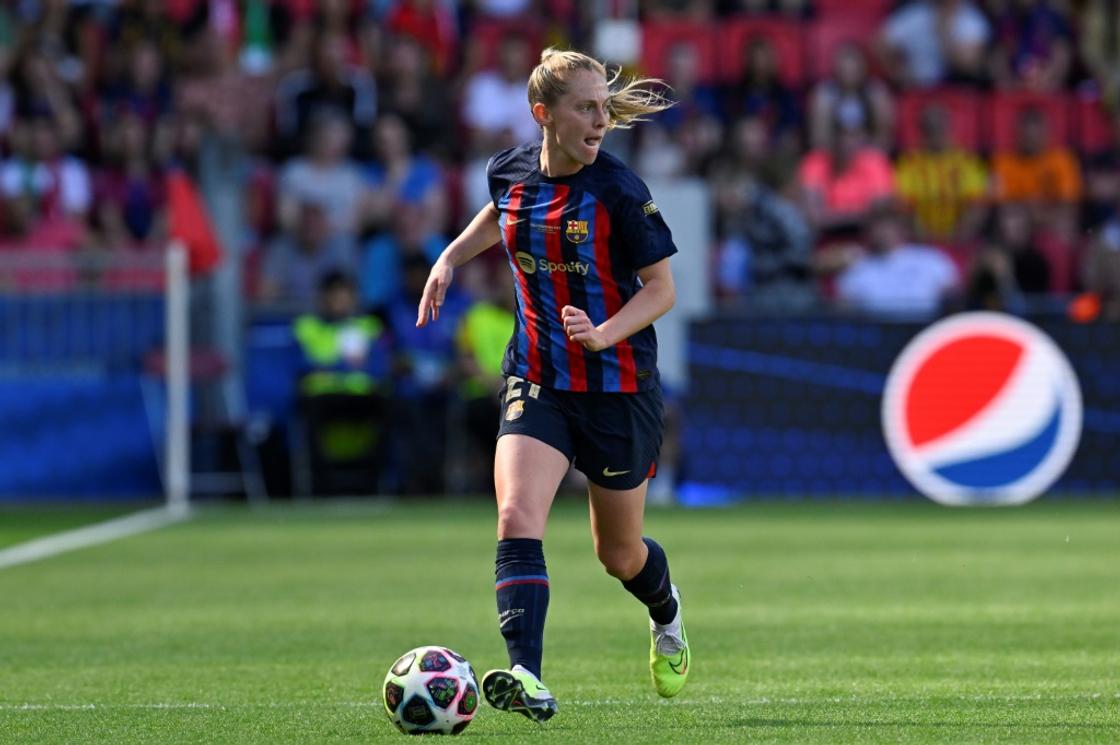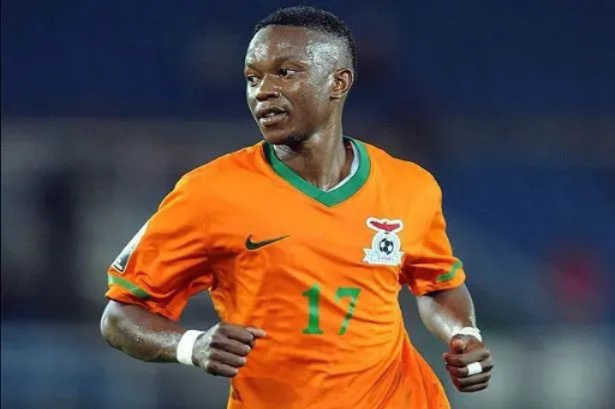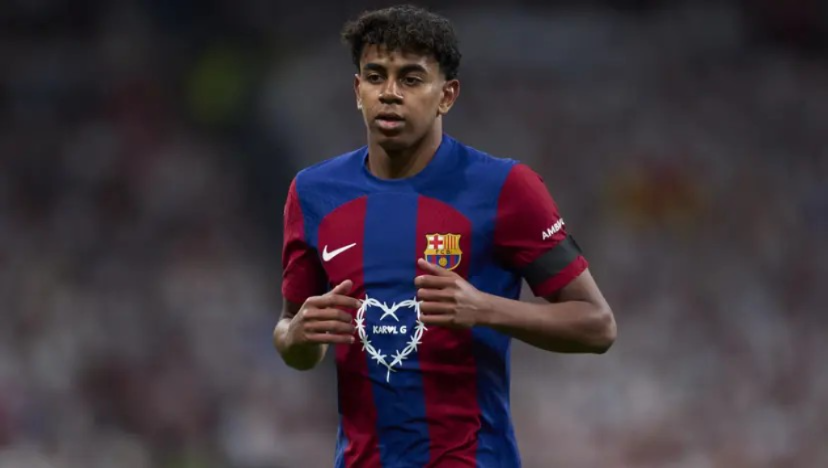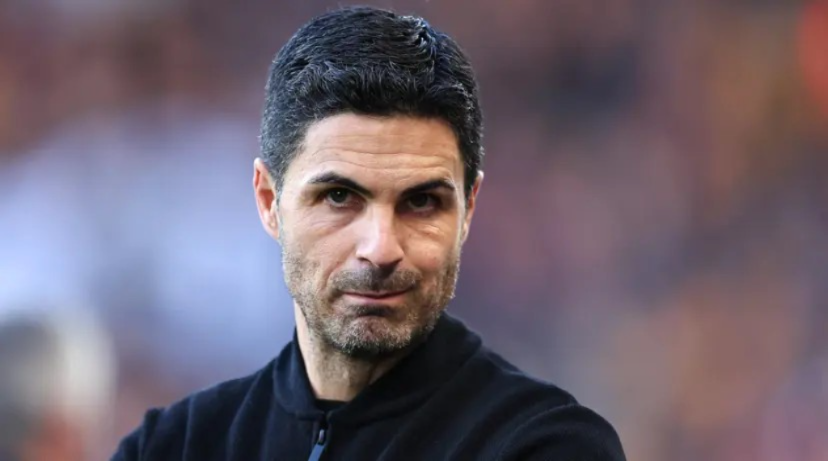The top women’s footballers on the planet will be in action when the World Cup kicks off on Thursday in Australia and New Zealand.
AFP Sport picks out five players to watch:
Alexia Putellas (Spain)
The 29-year-old attacking midfielder is considered by many to be the best women’s footballer in the world.
Barcelona star Putellas is the first woman to reach 100 caps for Spain and they badly missed her creativity and goals at the 2022 European Championship, where they lost to eventual champions England in the quarter-finals.
Putellas was among the Spanish players demanding change within the national side, but did not join in with 15 players who last year asked not to be called up, amid differences with coach Jorge Vilda and the Spanish football federation.
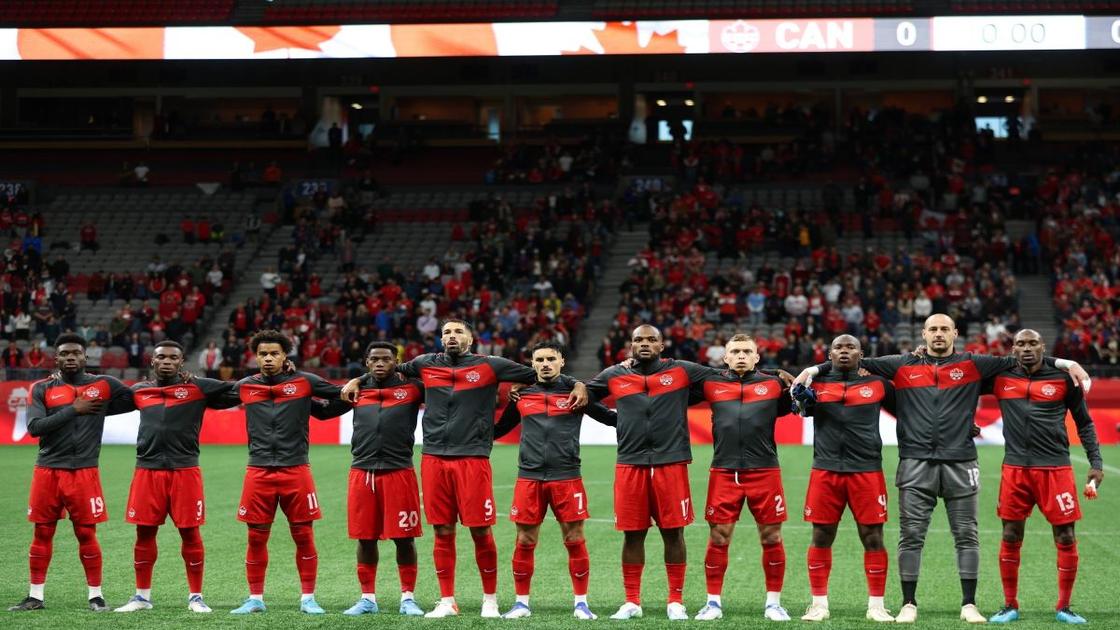
Sam Kerr (Australia)
If the co-hosts are to go far at the World Cup they will need Chelsea forward Kerr firing on all cylinders.
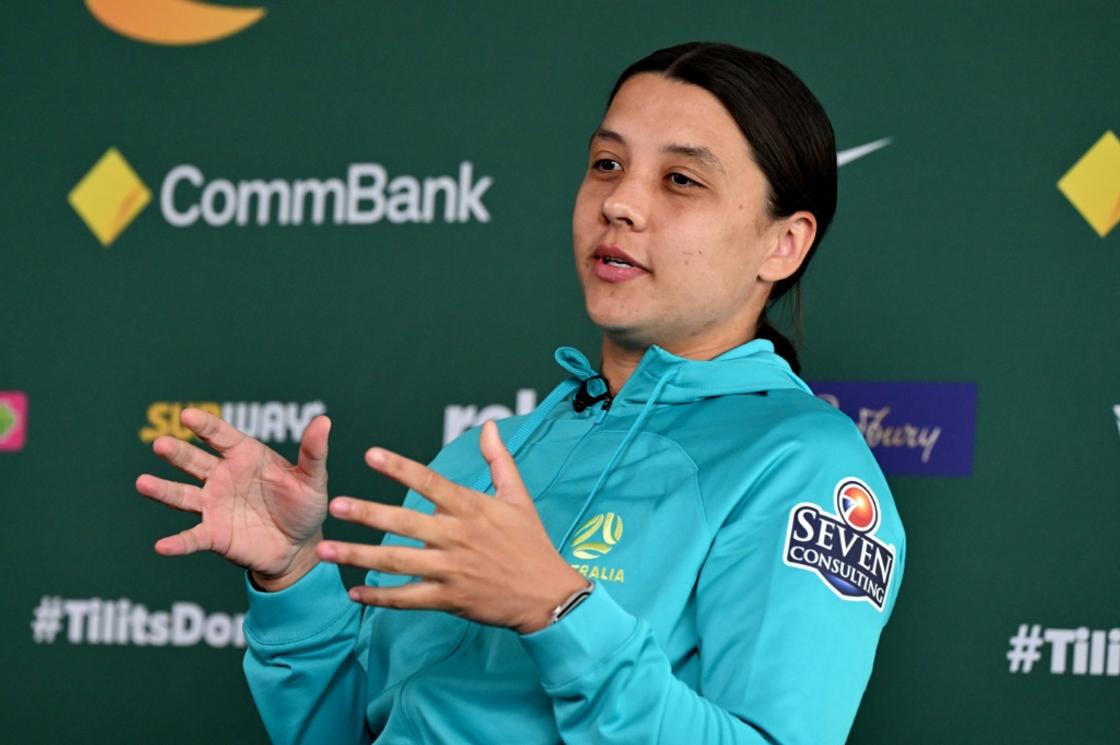
Source: AFP
The 29-year-old Australia skipper made her international debut aged just 15 and has played over 120 times for her country, averaging a goal every other game. She scored five times at the 2019 World Cup.
Her numbers are just as impressive at Chelsea, hitting 29 goals in 38 appearances this season.
Kerr is such a big name at home that she was Australia’s flag-bearer at the coronation of King Charles.
Megan Rapinoe (United States)
She needs little introduction as the most instantly recognisable player in women’s football.
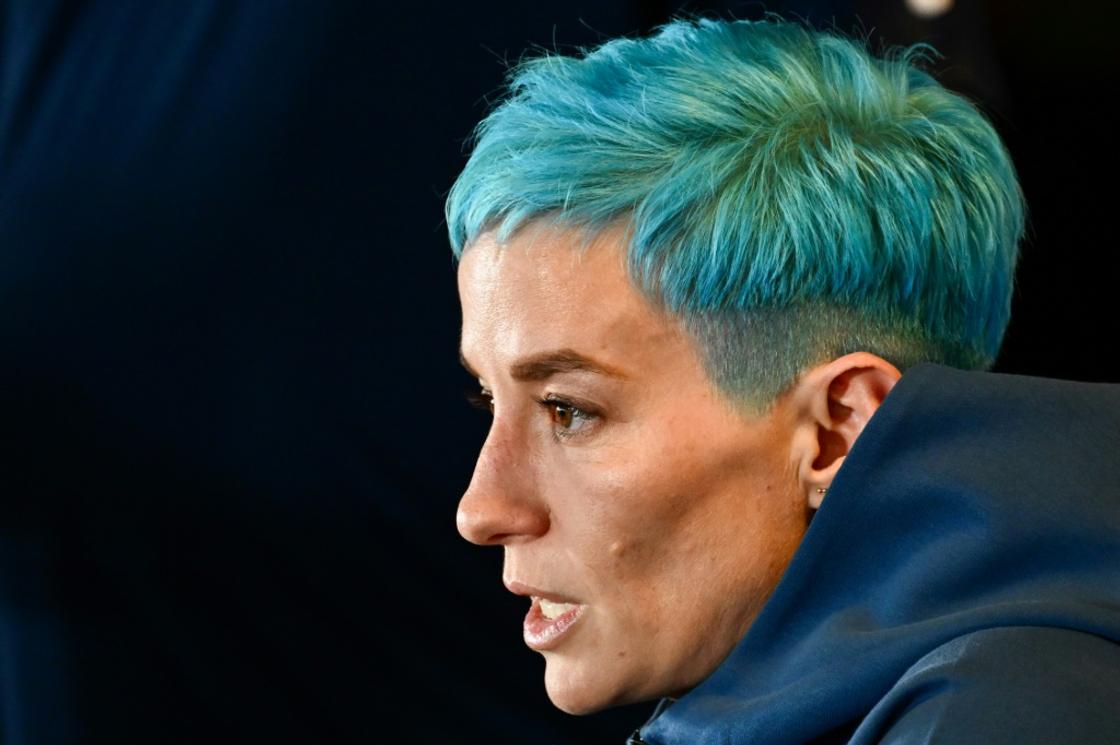
Source: AFP
The attacker has played 199 times for the United States, scoring 63 goals and making 73 assists. She has won the World Cup twice. Now Rapinoe plays in the United States for OL Reign.
She is set for retirement at the end of this season and is something of a fading force at 38, but she remains the face of women’s football for the casual fan.
Off the field, the openly gay Rapinoe is outspoken on a number of issues that go beyond sport, including advocating for LGBTQ rights.
Keira Walsh (England)
England’s hopes of winning the World Cup for the first time have taken a hit with the injury loss of several key players, putting even more onus on midfielder Walsh.
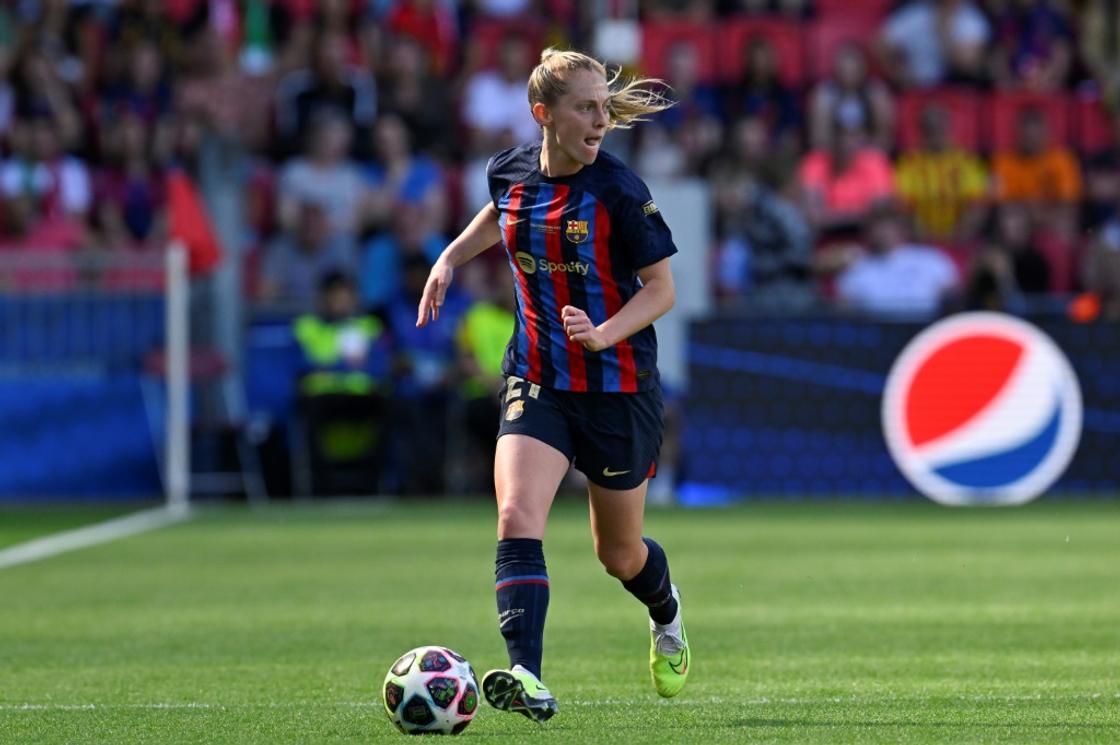
Source: AFP
Barcelona snapped her up from Manchester City for a reported 400,000 pounds ($508,000) last September, a world record for a woman footballer.
With her passing, reading of the game and ability to win the ball back, Walsh was instrumental in Sarina Wiegman’s England winning the Euro on home soil in 2022.
She was named player of the match when England defeated Germany 2-1 in the final at Wembley in extra time.
Ada Hegerberg (Norway)
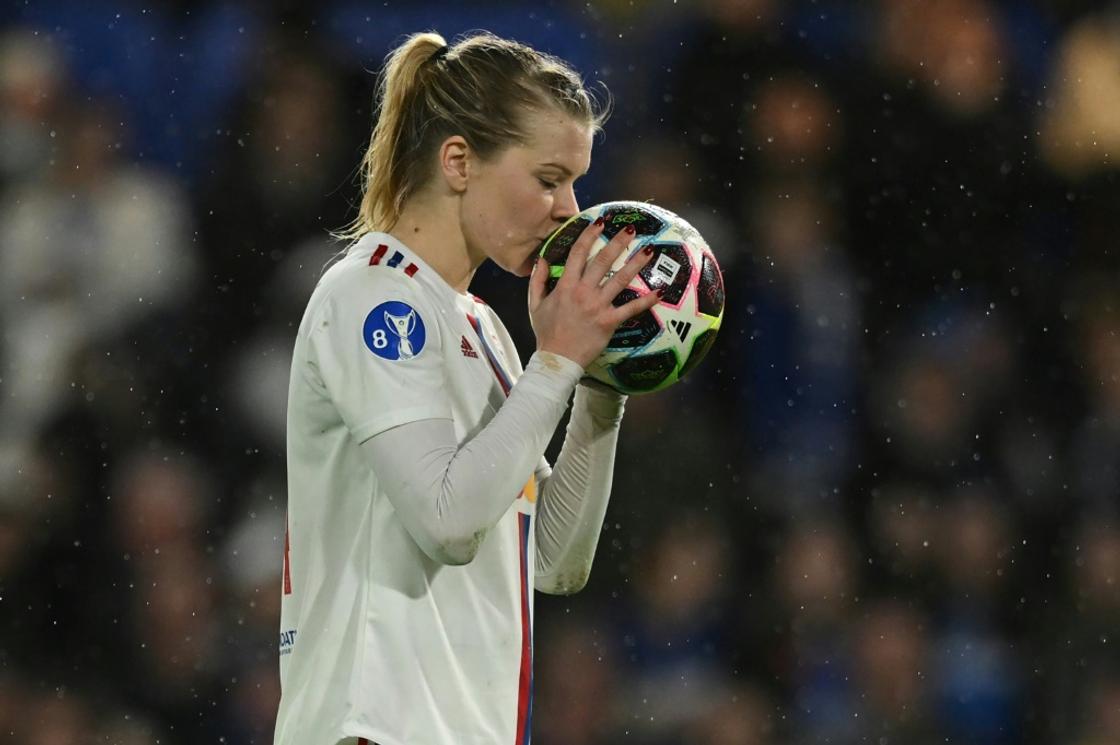
Source: AFP
The Norwegian was the first winner of the Women’s Ballon d’Or, in 2018, and is a prolific striker with leading French side Lyon.
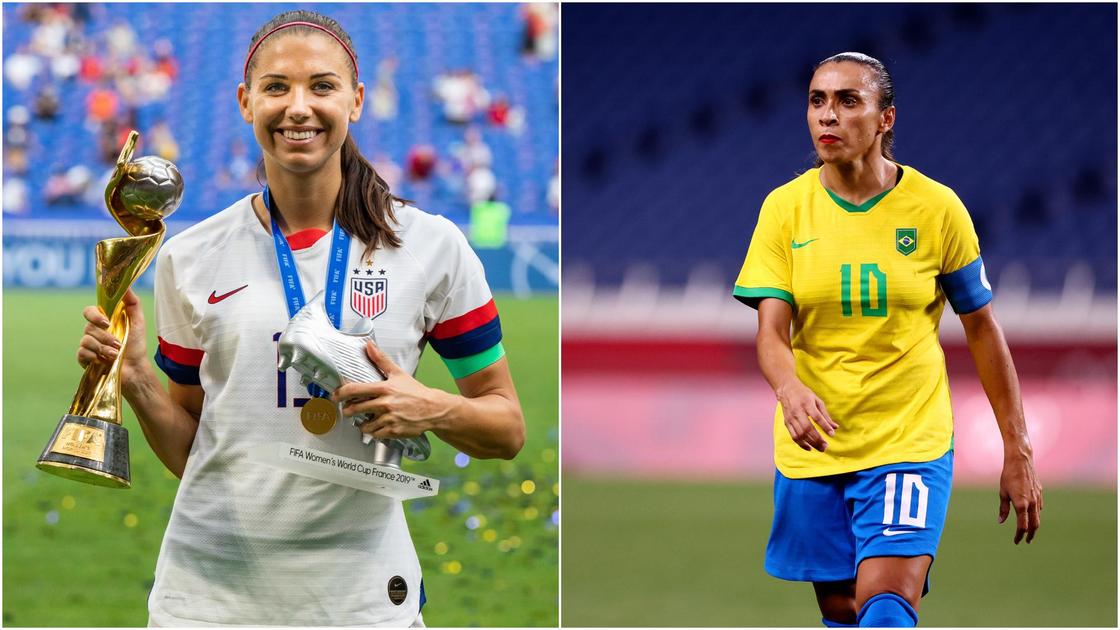
Her Norway career has been stop-start, however. She withdrew from the international scene in 2017, citing concerns over the inequality of treatment given to men’s and women’s teams by the Norwegian federation. She only returned last year.
The 28-year-old forward has also been dogged by injuries.
But when on form and firing she is one of the best players in the world, and averages more than a goal a game for her club.
She is the all-time top scorer in the UEFA Women’s Champions League with 59 goals.
World Cup set for lift-off with women’s football at all-time high
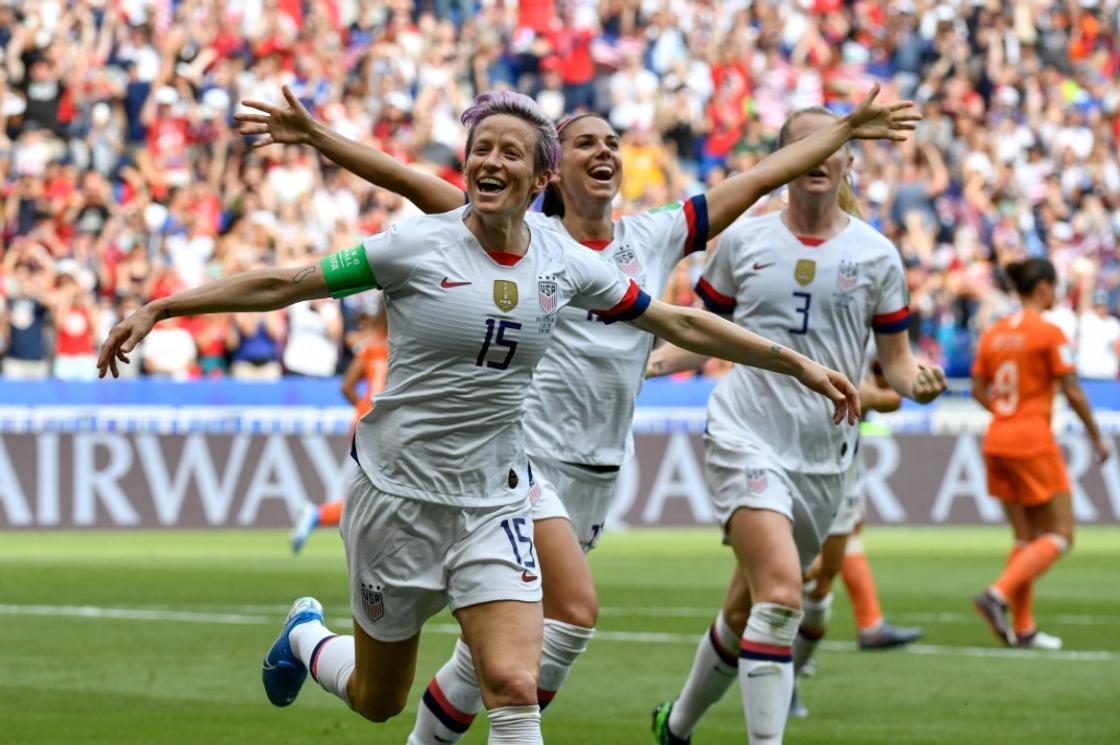
Source: AFP
The first 32-team Women’s World Cup kicks off in Australia and New Zealand on Thursday, with the United States favourites to win an unprecedented third consecutive title in a landmark month for women’s football.
It has been a rapid expansion for a tournament that started in 1991 and featured only 16 teams as recently as 2011, then 24 in France four years ago when the USA retained the trophy.
That reflects a dramatic rise in interest in women’s football over the last decade beyond its traditional heartland of the United States, and a swarm of European sides will be aiming to snatch their title.
Australia, led by the prolific Chelsea forward Sam Kerr, will hope to make the most of home advantage and go all the way to the final in Sydney on August 20.
This World Cup is not just bigger in terms of the number of competing nations.
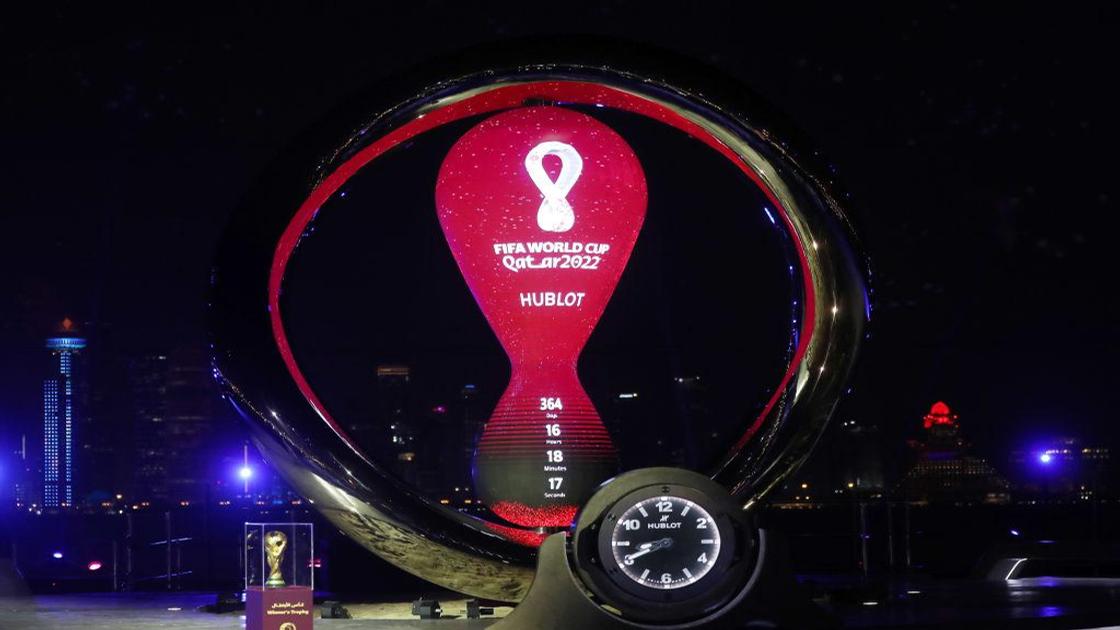
FIFA has tripled the prize money compared with 2019 and the total pot, which also covers compensation for clubs releasing players, is up from $50 million four years ago to $152 million.

Source: AFP
It is a vast hike on the $15 million offered in 2015, and confirmation that it is a boom time for women’s football.
Big crowds at club and international matches, particularly in Europe, are more evidence that the game is at an all-time high.
TV blackout averted
Nevertheless, the prize pot still pales in comparison with the $440 million dished out at the 2022 men’s World Cup in Qatar.
Meanwhile, a stand-off over the sale of broadcast rights in the biggest European countries -– Germany, the UK, France, Italy and Spain –- was only resolved last month.
The threat of a TV blackout was averted late in the day after FIFA president Gianni Infantino had openly criticised the amount of money being offered by broadcasters.
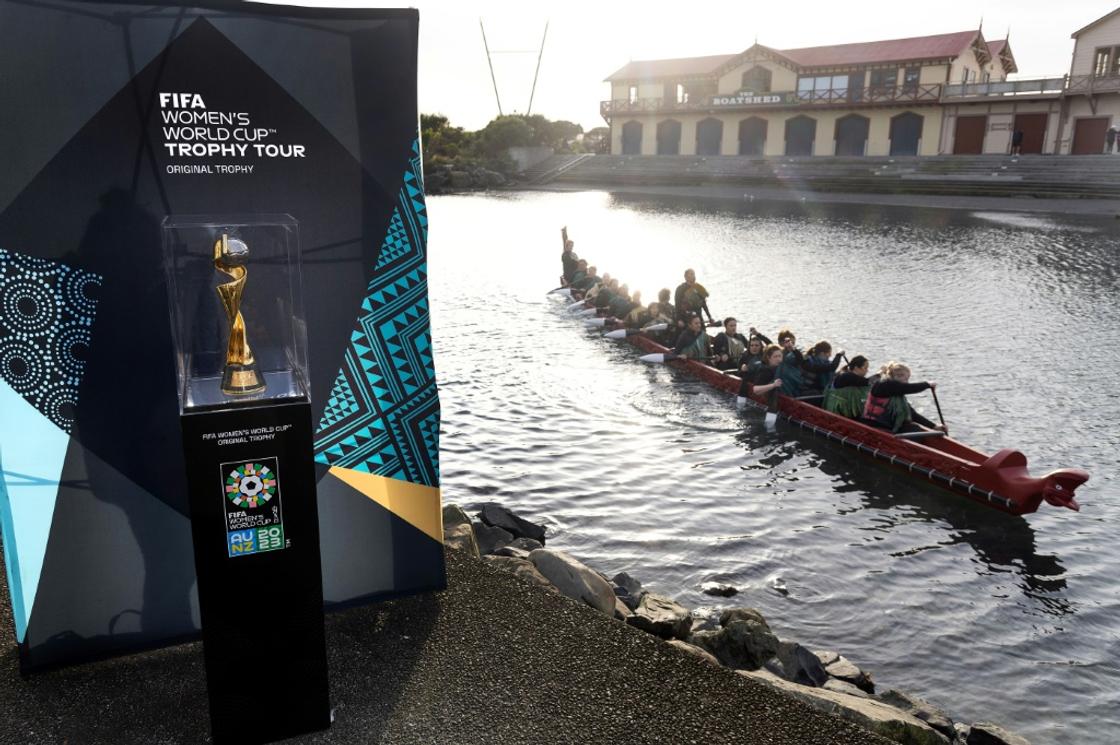
Source: AFP
“FIFA is stepping up not just with words but with actions. Unfortunately, this is not the case of everyone across the industry. Broadcasters and sponsors have to do more in this respect,” Infantino said in March, adding that world football’s governing body was receiving offers amounting to just one percent of what was being paid for the men’s tournament.
In Japan, a deal to avoid a blackout was only reached last week.
“It is actually terrible business if you are not tuning in,” said Megan Rapinoe, the veteran superstar of the United States team and a cultural icon who transcends the sport.
“You are missing out on a large cultural moment. This is the premier women’s sporting event in the world bar none and this is a paradigm shift globally, not just in the US.”
It will be the 38-year-old’s last World Cup after she announced she plans to retire at the end of this season.
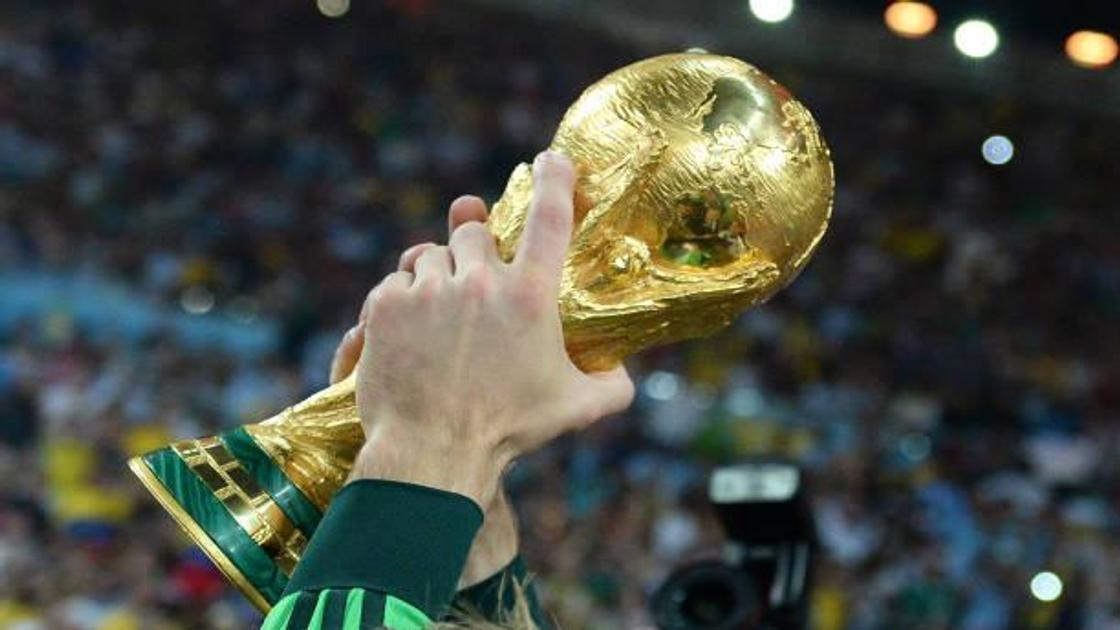
Knee-injury plague
Rapinoe was one of the USA stars who led their fight for equal pay, resulting in a landmark collective-bargaining deal last year, meaning the country’s men and women would evenly share World Cup prize money paid by FIFA.
The build-up to this tournament also saw Canada’s national team, the Olympic champions, threaten to strike in a row over pay, funding and contractual issues.
Meanwhile, France players rebelled over conditions in their national team set-up, and a change of coach followed.
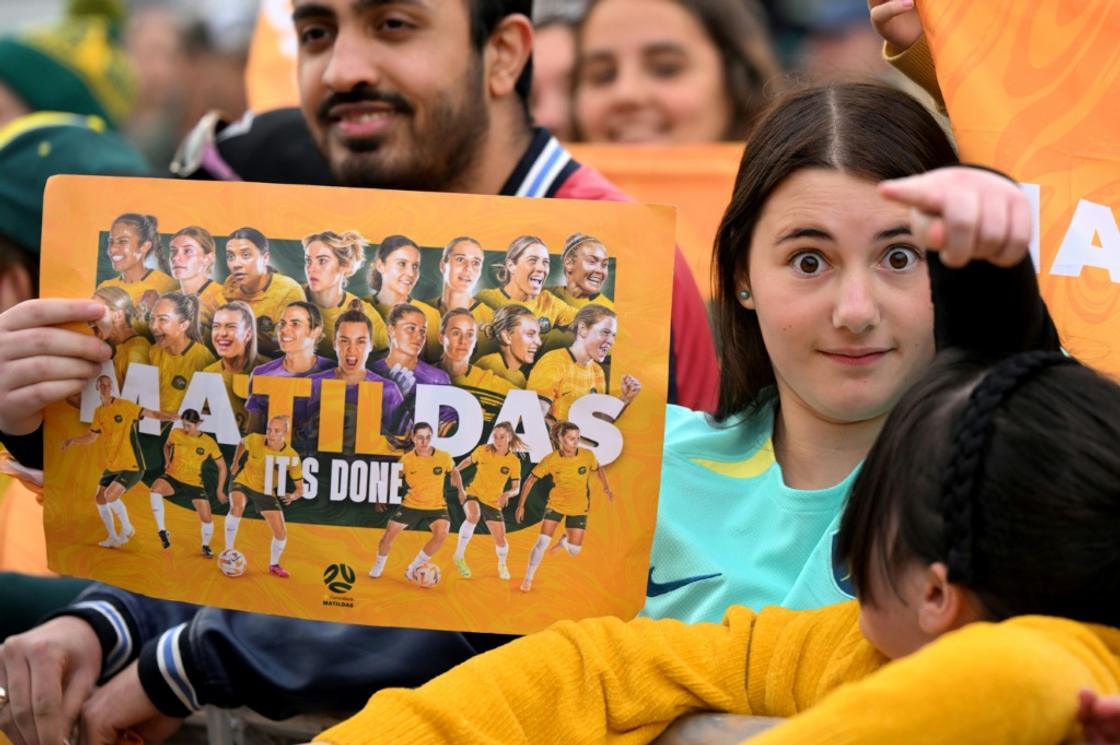
Source: AFP
That meant some of France’s top names would be at the tournament after all, having threatened to pull out, but the World Cup will still be marred by the absence of numerous leading players because of serious knee injuries.
England captain Leah Williamson and star striker Beth Mead have been ruled out, as have prolific Dutch forward Vivianne Miedema, French forwards Delphine Cascarino and Marie-Antoinette Katoto, and USA duo Catarina Macario and Mallory Swanson.
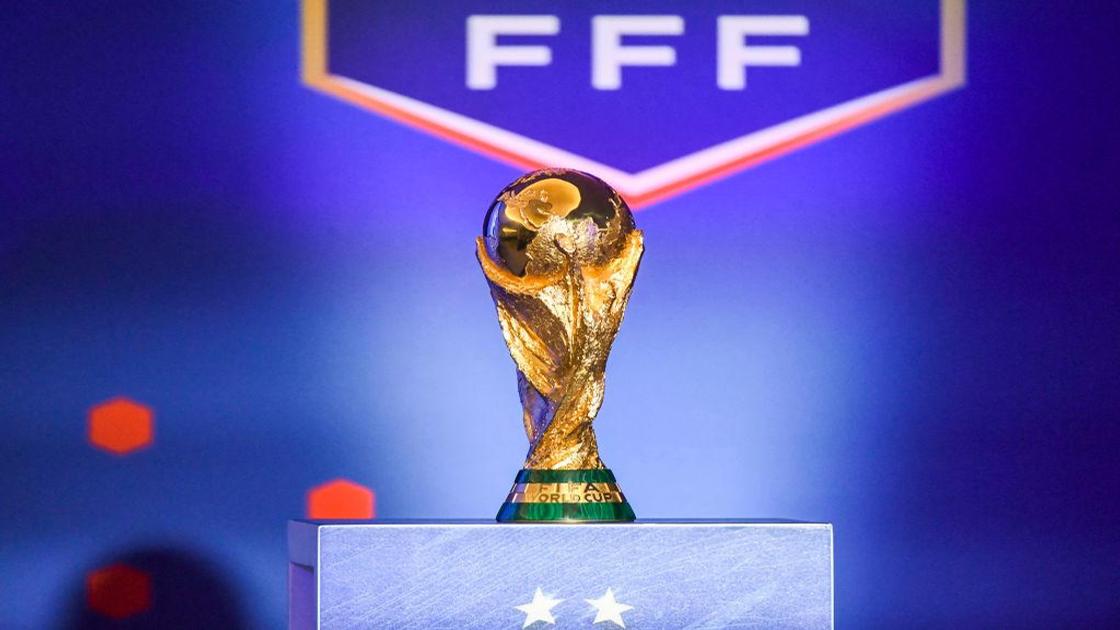
Spain’s Alexia Putellas, the reigning Ballon d’Or winner, will be there though, fit again after spending nine months out with an anterior cruciate ligament injury.
England lead charge
Together with Australia, European sides will be the chief threat to a US team bidding to become the first to win three Women’s World Cups in a row.
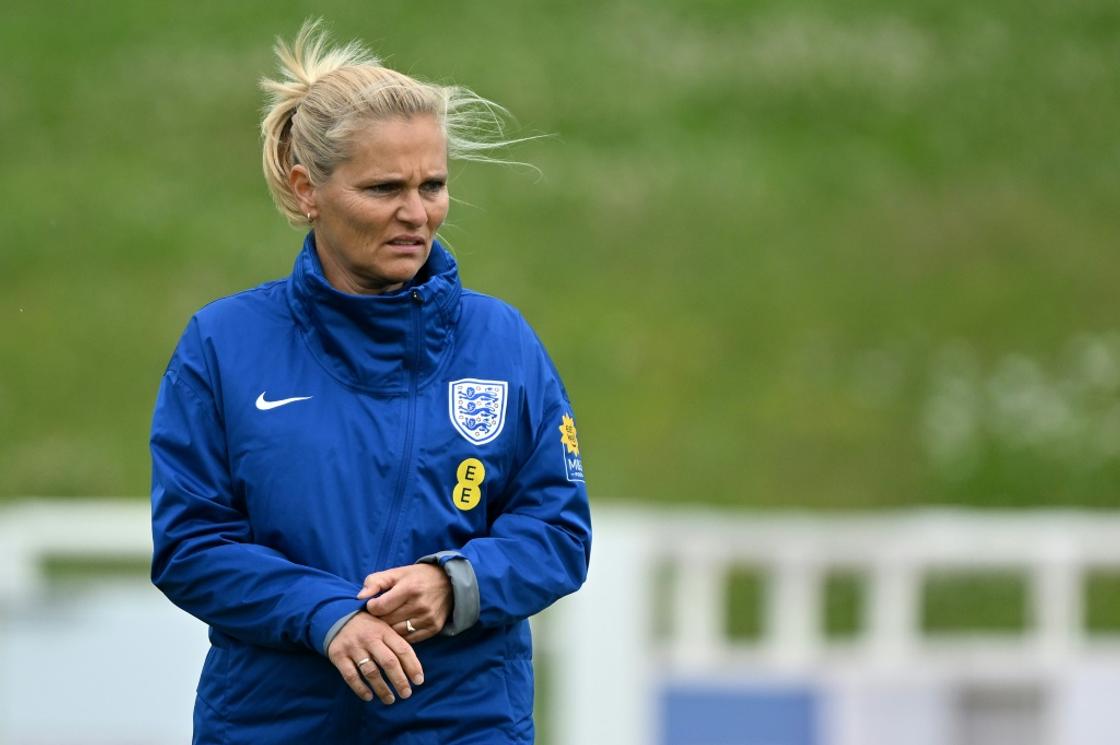
Source: AFP
European champions England lead the charge, together with Spain, Germany, Sweden and 2019 runners-up the Netherlands.
“The expectations are really high and yes, we have a dream,” said England coach Sarina Wiegman.
England play their first game against Haiti — one of a raft of World Cup debutants –- in Brisbane on July 22, while the USA begin their trophy defence the same day against another debutant in Vietnam.
The tournament kicks off with New Zealand facing the Norway of 2018 Ballon d’Or winner Ada Hegerberg in Auckland, and Australia playing Ireland in front of a sell-out crowd of more than 80,000 in Sydney.
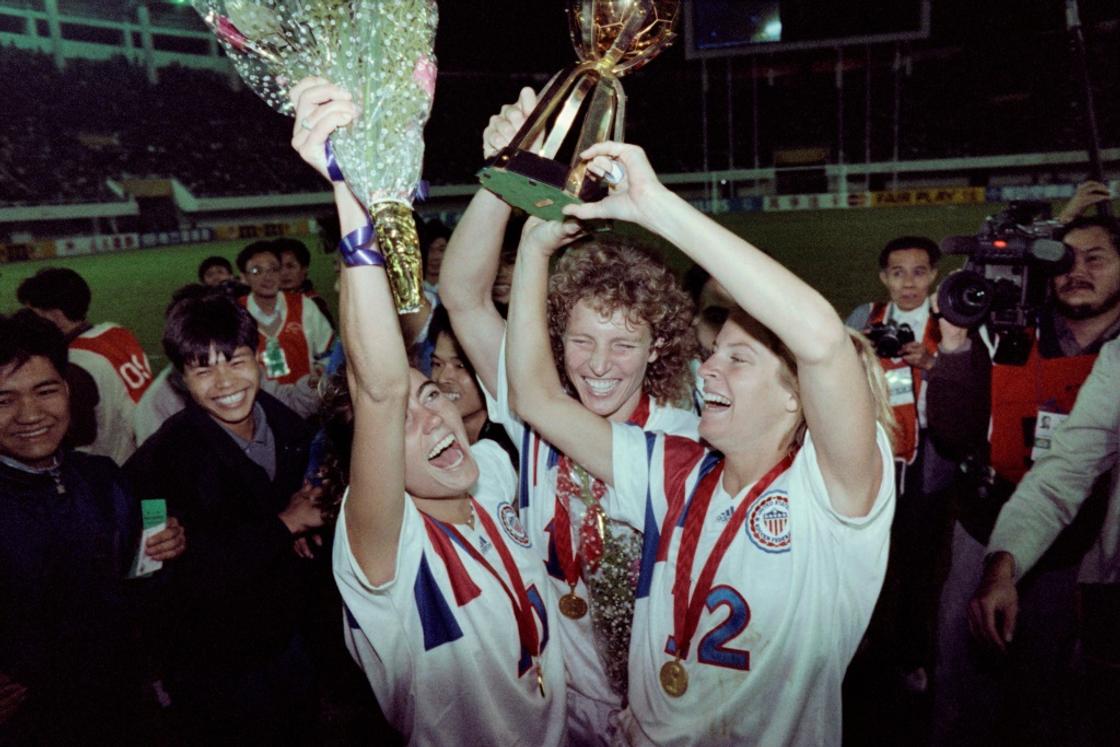
Source: AFP
READ THE LATEST SPORTS NEWS, TRANSFER RUMOURS & GOSSIP
Asako Takakura played in the first Women’s World Cup in 1991 and recalls with a hint of disdain how the matches lasted 80 minutes instead of the usual 90.
“At the time football was still thought of as a man’s sport,” Takakura tells AFP, casting her mind back to a tournament in which only 12 teams took part.
Fast forward and the ninth edition of the Women’s World Cup kicks off on Thursday in Australia and New Zealand with 32 teams and global interest at an all-time high.
Takakura has seen that development firsthand. After playing for Japan at the 1991 and 1995 World Cups, she coached the national side at the 2019 edition.
The 1991 World Cup took place in the Chinese province of Guangdong and the United States beat Norway 2-1 in the final in front of 63,000 spectators. They have won it three more times since.
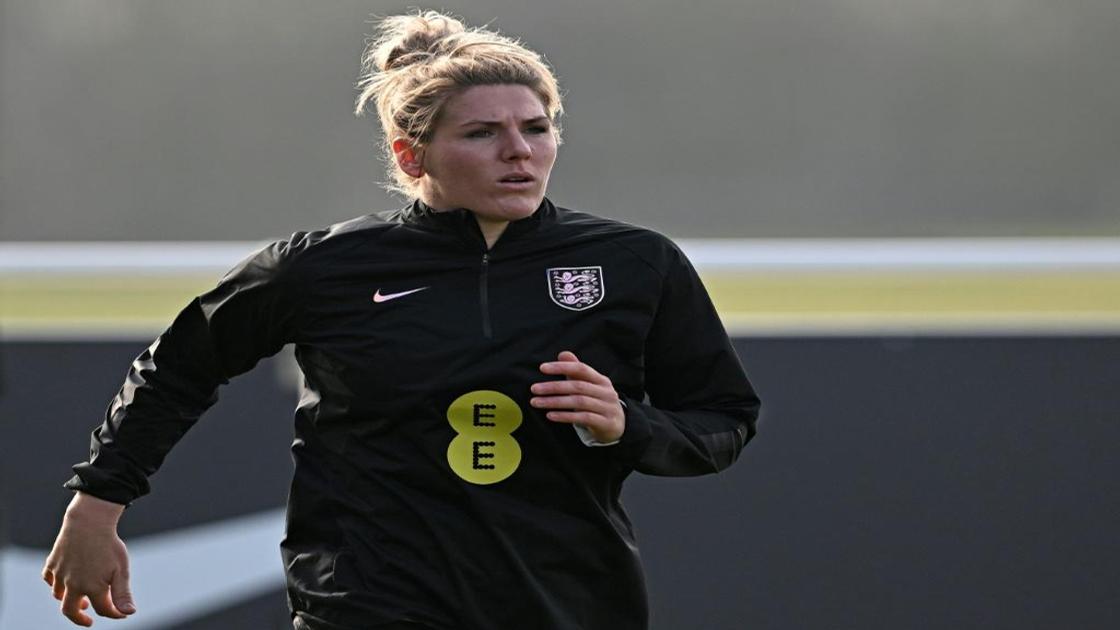
Attendances were boosted by free tickets given to the public.
Back then, games were two halves of 40 minutes.
“Goodness gracious, the girls can’t last 90 minutes,” US star striker Michelle Akers once said in a sneeringly sarcastic riposte.
The length of matches changed for subsequent Women’s World Cups after many teams said there should be no difference.
“There was an atmosphere where people wondered if women could play,” Takakura says of attitudes in 1991.
“At least they didn’t make the pitch smaller.”
Governing body FIFA’s technical report after the tournament highlights some of the wider issues women’s football faced.
Many of the teams said they generally struggled to find football boots and goalkeeping gloves to fit women.
“The players’ need for good quality equipment… in small sizes had so far only rarely been satisfied,” the New Zealand delegation was quoted as saying in the report.
Paying lip service
Leslie King was captain and goalkeeper for New Zealand at the 1991 World Cup, where a squad made up mostly of part-time players exited in the group stage.
Now 59, she has fond memories of the tournament — big crowds, especially when they played China, a grand hotel, mountains of good food and an opulent banquet hall.
But King believes at that point, FIFA was far from convinced about having a Women’s World Cup.
The first World Cup was officially called the “FIFA Women’s World Championship for the M&M’s Cup”. FIFA was reluctant to call it a World Cup.
“I don’t think they put a lot of stock in it, I think it was to a certain extent lip service for the women’s game at that point,” she recently told AFP from Philadelphia in the United States.
Takakura, who now coaches Shanghai in the top-tier women’s league in China, said that back then “no one wanted to put on a Women’s World Cup”.
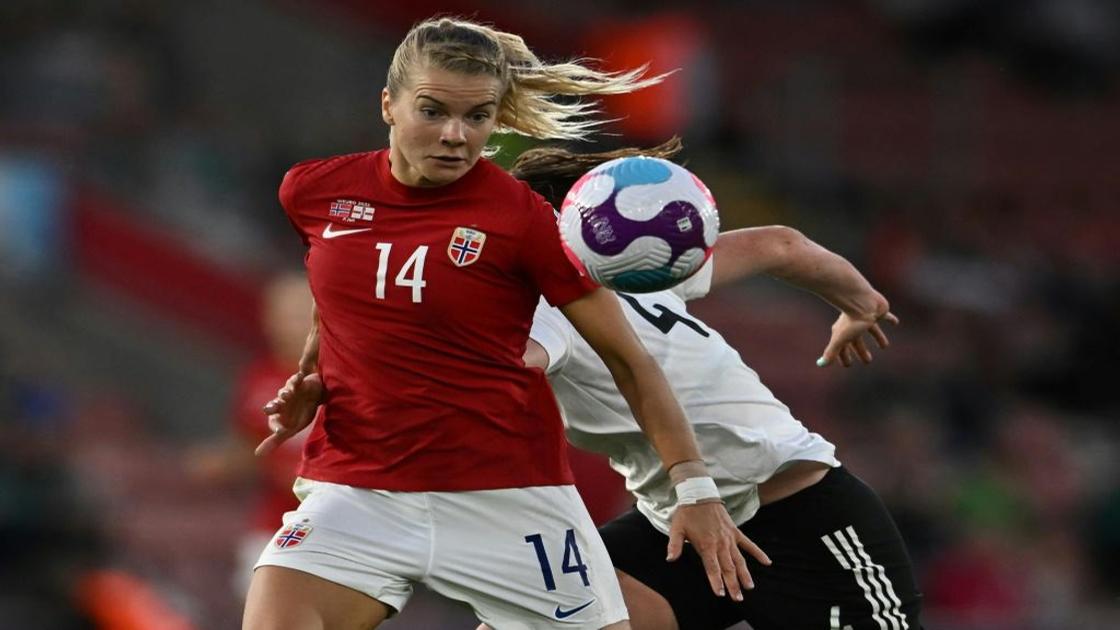
“A few years before 1991, a Norwegian woman asked during a FIFA congress why there was a men’s World Cup but not a women’s World Cup,” she said.
“The feeling then became that they had to have one.”
‘Something to dream about’
On the pitch, women’s football has developed significantly too.
“Physically, I think the players are taller, stronger, in better shape and technically better,” King said.
“I think a lot of that you can attribute to the professional leagues that are certainly popping up around Europe.”
Takakura believes that having a World Cup has helped push women’s football along.
“Having the World Cup has made things more organised,” she said.
“At first, lots of countries, including in Europe, were negative about women’s football.
“But having the tournament meant that each football association had to do something about it.”
But much work remains to be done, she cautioned, including increasing wages so they are more in line with what the men earn.

“It’s not just about getting paid lots of money -– it’s about the value of sport and giving children something to dream about, something that they can make an effort in,” she said.
“It started as a man’s sport, but there is a different enjoyment and value to be had in the women’s game.”
FIFA Women’s World Cup FIFA Women’s World Cup FIFA Women’s World Cup


